There are no shortages of films with troubled productions, but some had a much more difficult time than others. This is a look at 5 horror films whose terrifying subject matter was not constrained to what you see onscreen.
Satanic cults, deranged serial killers, haunted houses, and tormented spirits are just some of the subjects that are traditionally common in horror films. The stories behind these terrifying entities are often passed down through folktales from generation to generation, or inspired by actual real-life experiences. Whether realistic or not, filmmakers have been able to effectively utilize classic horror elements to invoke fear in even the most skeptical audiences.
However, there have been many documented cases of unnerving and downright tragic occurrences happening to horror films during and after production has completed. While films of all genres have had production difficulties, it is not easy to dismiss the connections the most troubled horror productions have had when you consider the subject matter of the film itself. You could even go so far as to consider that the most troublesome productions are cursed, an extension of the topics they chose to depict on screen.
Below I have described five of the most terrifying horror movie productions so far. These films didn’t just have trouble finishing their films because of production complexities/cost overruns; they had to navigate considerably difficult and even deadly circumstances. Likewise, the production issues faced by these films became widely known, and have since impacted the interest and legacies of these films. So prepare yourself because unlike the terrifying stories told by these films, the gruesome stories OF these films are 100% real….
The Exorcist (1973)
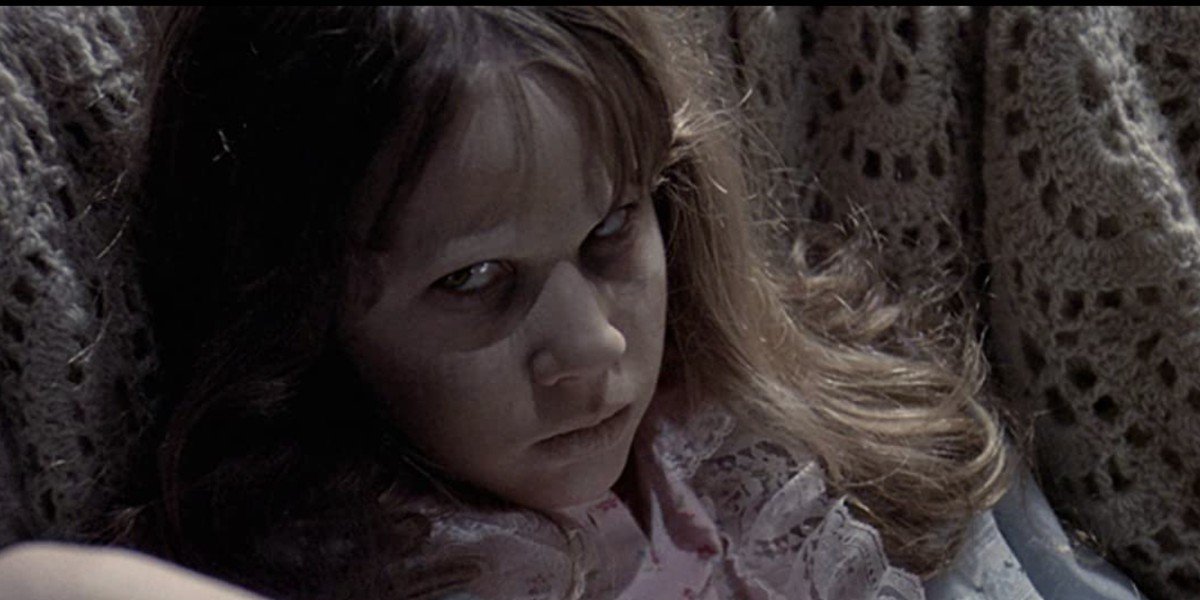
Suspicious occurrences related to the making of The Exorcist began before production even started. The writer of the novel (William Blatty) on which the film is based had been trying to sell the rights to several studios, but had difficulty because he refused to give up producer credits as part of the deal. Eventually he had success with producer Paul Monash, who was interested in the novel but only because of a frightening experience recounted by Warner Brothers head John Calley. Calley had been reading the novel in bed when his dog became frightened. The dog refused to sit on the bed and Calley said the novel grew hot to the touch.
Once the film was greenlit, there were issues with casting. The studio and director William Friedkin were not able to receive a suitable commitment on their first few options for portraying the lead female character Chris MacNeil. Eventually the director received a call from Ellen Burstyn requesting the role, but the studio didn’t want to cast her. Friedkin ignored her, but she kept calling telling him that he would come around to her.
The studio didn’t want to hire her either, with studio head Ted Ashley adamantly opposing the hire. When the other options didn’t pan out, Freidkin agreed to meet with Burstyn who revealed that she wanted the role because of her own personal falling out with the catholic church. The meeting, and this fact, helped to convince Friedkin to cast her.
But the real problems happened during production. It was originally scheduled for 105 days, but took more than 200 to complete. Production was delayed by 6 weeks after a bird flew into an electrical box which caused a fire and burnt down most of the film’s New York sets. Filming was delayed another two weeks when a key prop – the statue of Pazuzu for the opening scene – was shipped to the wrong country.
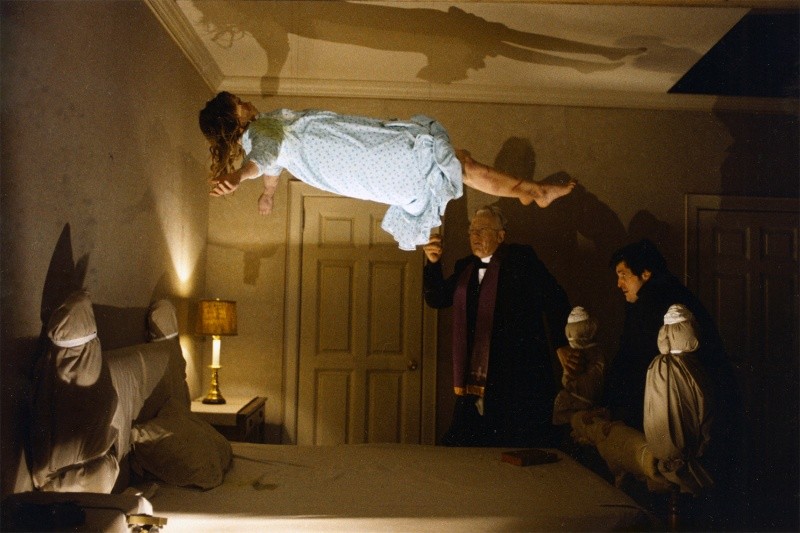
Ellen Burstyn injured her back and broke her tailbone when a crew member pulled her harness too hard during a scene in which her character is thrown. Linda Blair fractured her spine during the scene in which the bed tosses her around, a cut that made it into the final film. Blair would suffer scoliosis because of the injury. Blair also developed a fear of the cold after director Freidkin had the cast working for many hours inside a room chilled to -20 degrees F in order to see their breath on film.
Several people related to the production died during production or shortly after. Among the crew, the night watchman and the operator in charge of the temperature control system died during production. Actor Jack MacGowran, who portrayed the first victim in the film, died shortly after he completed filming his scenes. Vasiliki Maliaros also died after completing her work, and before the film was completed.
LInda Blair’s grandfather and her pet mouse both passed away during production, as did Max von Sydow’s brother. Actor Jason Miller’s son was struck by a motorcycle and spent many weeks in intensive care. One of the film’s extras was later convicted of murder, and several other crew members experienced significant injuries during filming including one who lost a thumb, and another who lost a toe.
After the film’s release, Friedkin commented that he believed the production was being interfered with by supernatural forces. When filming had completed, he asked a priest to perform an exorcism on the set. Later during post-production the crew noted unexplained occurrences appearing on film, including some special effects which had not been present during filming.
Despite everything that happened during the production of The Exorcist, there are still many people who are skeptical of an actual curse. Some believe that the studio was responsible for starting and spreading the rumor in order to create interest for the film when it was released into theaters. Others suggest the accidents and deaths were a result of an unsafe and labor-intensive working environment created by known-perfectionist William Friedkin.
Poltergeist (1982)
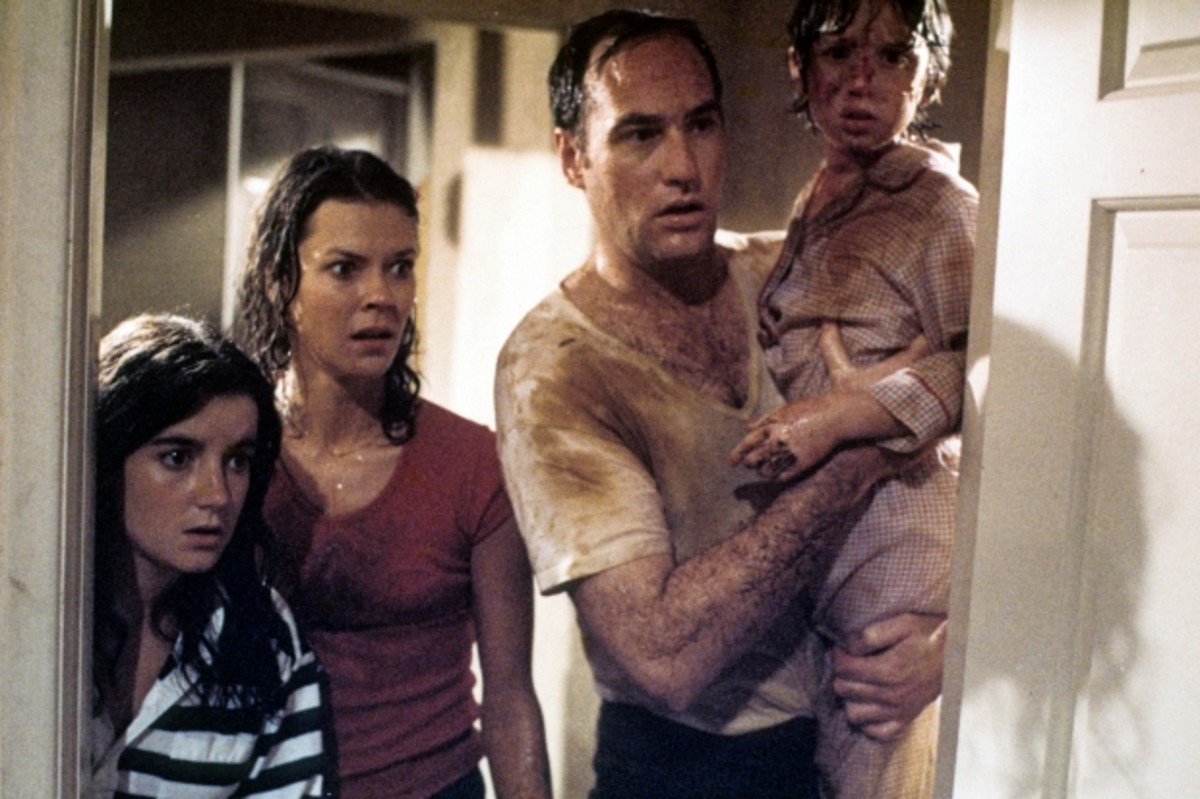
Another film which required an on-set exorcism was Poltergeist. While the film’s plot involves a family’s house being situated on a Native American burial ground, rumors persisted that the crew actually used human remains as props during filming. Actor Will Sampson performed the ritual himself, at the bequest of the rest of the cast. He came to the set at night so that he would not be interfered with. It is said that production moved along more smoothly after the exorcism had taken place.
Unfortunately, the exorcism did not prevent The Poltergeist’s cast from experiencing more tragedy. Several months after the film was released, actress Dominique Dunne was strangled by her ex-boyfriend and later died of her injuries. In 1987 Will Sampson died because of complications from a lengthy battle with a chronic illness which had led to him needing a lung and heart transplant. Lou Perryman, who had a minor role in the film, was murdered with an axe in 2009. Actor Richard Lawson survived a plane crash in 1992 where more than half of the people on board died.
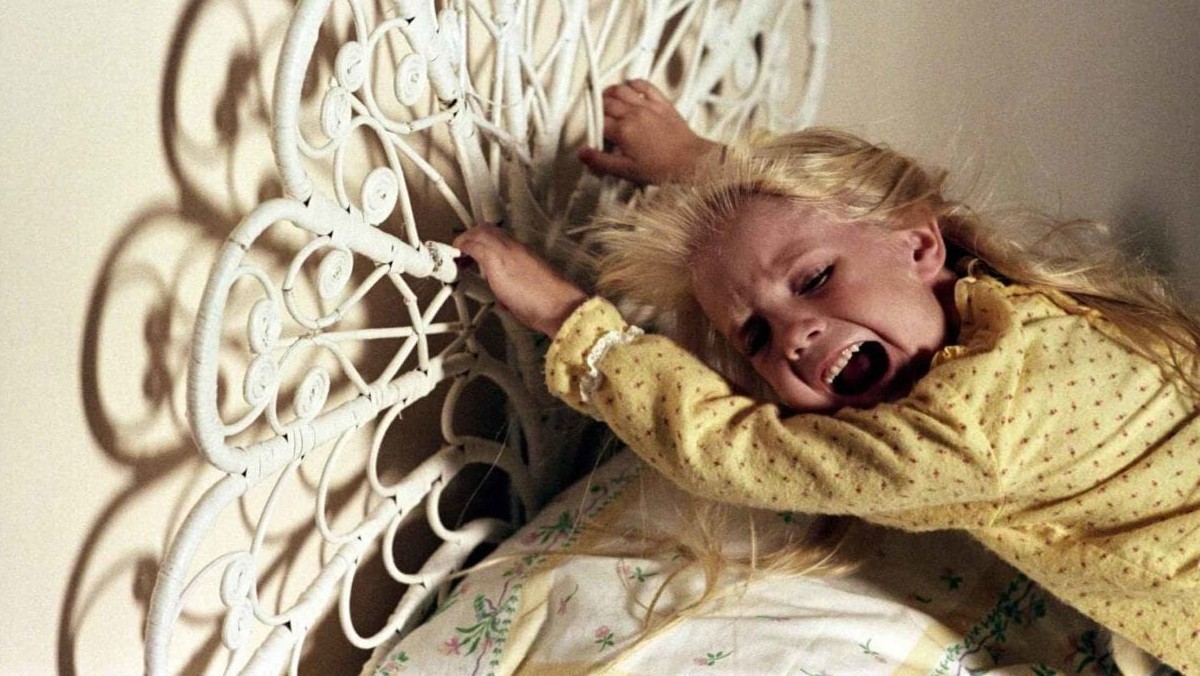
Most shocking of all was the death of child actress Heather O’Rourke who dies of cardiac arrest suddenly because of an intestinal problem. O’Rourke starred in all three of the original Poltergeist films, and her passing was just months before the release of the third film. The sequels also featured another death of a prominent cast member shortly after filming completed. Actor Julian Beck who starred in Poltergeist II died of stomach cancer before that film was released, although he had been diagnosed with the condition before filming had begun.
While no similarly catastrophic circumstances have impacted the cast and crew of the Poltergeist remake (released in 2015), the director has since discussed strange events that occurred during filming. During lighting tests on one particular day, the crew had problems with their equipment as soon as the cameras started rolling. On another occasion, the operators of camera drones had issues navigating due to continued GPS loss. The director even claims he stayed in a house during filming which he believed was haunted by a ghost. He told the owner of the strange occurrences he witnessed, and the owner confirmed later that they had also had the same experiences.
The Omen (1976)
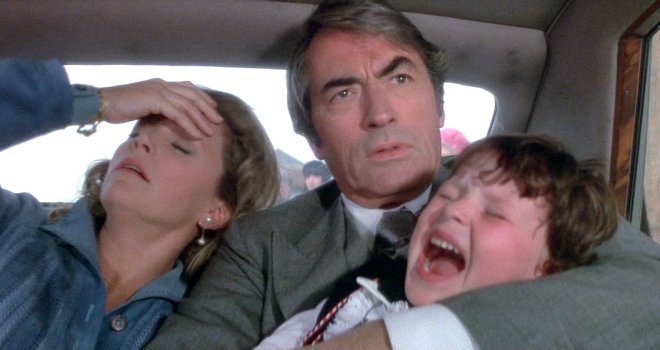
The suicide of actor Gregory Peck’s son two months before production began was, unfortunately, an “omen” of things to come. Peck’s plane was struck by lightning during his journey from New York to London to begin filming. One of the film’s producers also had his flight struck by lightning while crossing the Atlantic a few weeks later. And months before writer David Seltzer happened to be riding in an airplane that, you guessed it, was struck by lightning. If this wasn’t ominous enough, the film had even more plane-related issues…
Later during production a small plane was hired for aerial photography. The producers had to reschedule at the last minute, and so the appointment was canceled. The plane was hired to another client for the same time at which it had originally been scheduled for use by the crew. During that flight, the plane crashed, killing everyone onboard. Even more concerning, it has been said that the plane crashed into a car which contained family members of the pilot.
Sadly, this was not the only brush with death the crew experienced during filming. One of the scenes in the film features a group of baboons attacking a car. An animal handler was brought onboard to organize this scene. The day after the scene was filmed, the handler was killed by a tiger he was working with. Another animal-related incident occurred during a scene when Peck’s character was to be attacked by dogs. For filming they used a stunt double in a special suit with extra padding, but during filming the dogs went berserk and did not stop attacking despite having undergone extensive training. Luckily the stuntman only experienced minor injuries.
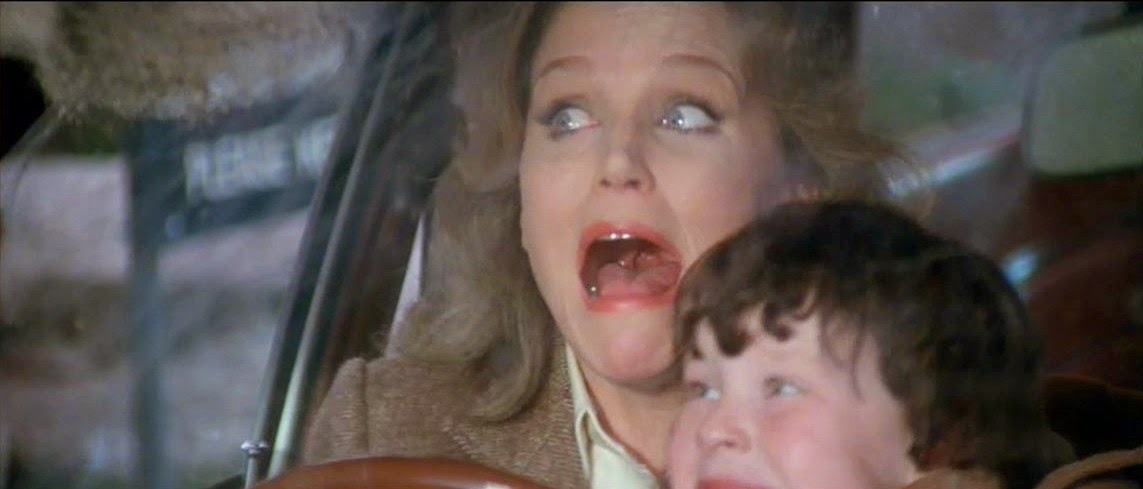
During filming, a producer and his wife were staging at the Hilton Hotel on Park Lane in London. On September 5th, 1975, the hotel was a target of a bombing by the I.R.A., which killed two people and injured 63. Luckily the producer and his wife were not in the hotel when the bombing occurred. A few weeks later there was another IRA bombing, this time at a restaurant where Gregory Peck and several of the producers had dinner plans the same night.
Producer Harvey Bernhard was among the first people to believe the film was cursed. Regarding the production, he famously warned that “If the devil’s greatest single weapon is to be invisible and you’re going to do something which is going to take away his invisibility to millions of people, he’s not going to want that to happen.” Whenever he did venture on set he always made sure to wear a cross. Playing off of the idea that the film was cursed, the studio decided on a June 6, 1976 release date (the remake was released on 6/6/06).
Unfortunately the hazardous occurrences associated with The Omen did not stop once production had wrapped. One of the stuntmen who had worked on the film was involved in an accident on the set of another movie where he missed a padded landing and caused significant injuries to himself. It was a jump that he had completed many times before, and afterward claimed that he felt like he had been pushed by an unknown entity.
Special effects artist John Richardson was working in Holland years later when he got in a car accident at night. His wife was in the passenger seat and became decapitated when a tire from the crash flew through the windshield and hit her. Richardson had been involved in the decapitation scene in The Omen. He later claimed that there was a sign on the side of the road that said the town of Ommen was 66.6 kilometers away.
The Crow (1994)
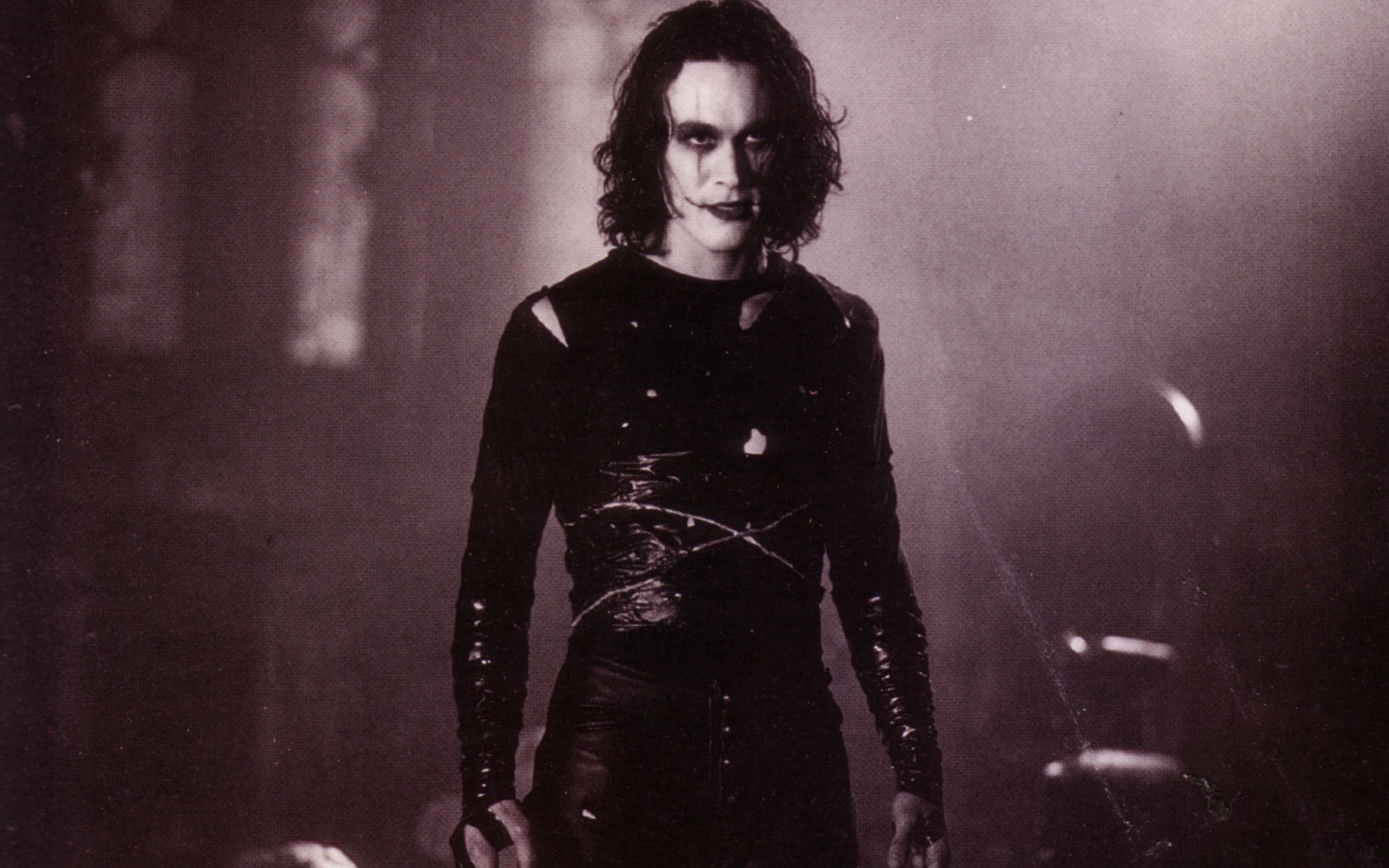
In many ways The Crow’s production felt like a horror movie brought to life. It all started ominously enough when the first filmmakers who arrived on set were greeted by a voicemail that threatened bad things if the film was completed. They may have written it off as a joke, but production soon proved to be much more difficult than initially planned. While the filmmakers struggled with freezing cold weather, a hurricane, numerous delays, and cost overruns, nothing would prepare them for the accidents that started happening right away.
On the first day of filming one of the crew was using a cherry picker and accidentally drove into a ditch, and as he tried to get himself out, he was electrocuted. The man was significantly injured with second and third degree burns, but did not die. Unfortunately this was not the only electrocution during production. Soon after filming had started a carpenter was working on one of the film’s metal sets, and it accidentally came in contact with a power line. The carpenter experienced severe burns as a result.
In another incident, a crew member drove his car through a set and into the production’s ceramics shop. Stories differ as to whether this action was deliberate or just an accident. Fittingly, this was not the only time parts of the set were destroyed either. The aforementioned hurricane destroyed the film’s backlot set, which had to be rebuilt at significant cost. Early on in the shoot the prop truck caught on fire, but no one had been able to determine how or why this happened. In another (less destructive) incident, a crew member had a screwdriver go through their hand.
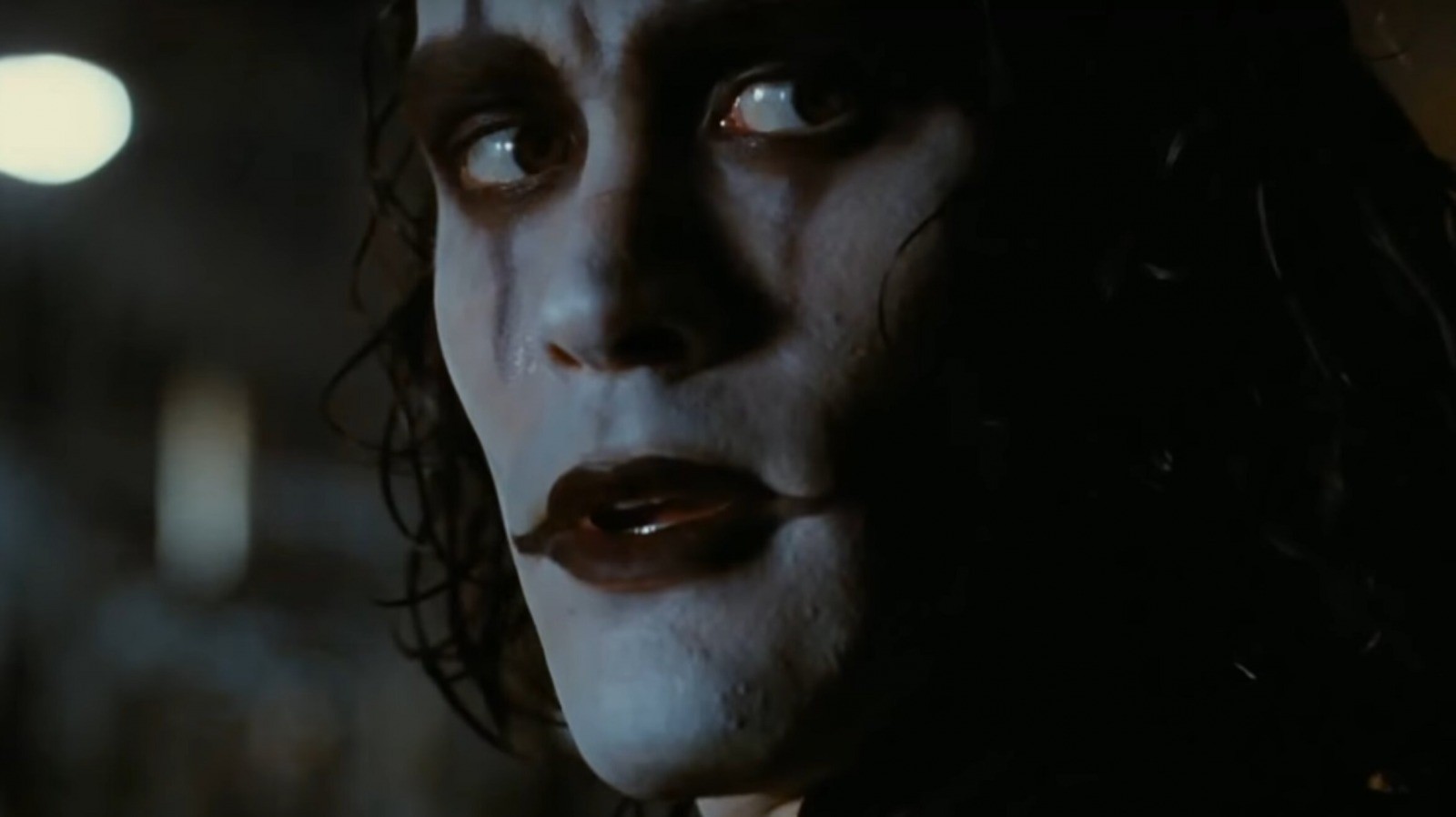
But of course the most infamous and terrible disaster plaguing the production of The Crow was the tragic death of lead actor Brandon Lee while on set. According to reports of the incident, the film production was very much behind schedule and so the expert who was in charge of the firearms was no longer on set when the cast needed to use a pistol. Proper safety protocol was not followed, and a dummy round got stuck in the gun. When it was used on set, the weapon fired a fragment of the round which struck actor Brandon Lee and ultimately killed him.
Actor Michael Massee was the actor who had fired the weapon, and felt guilty over the accident. He later claimed that the scene was supposed to happen differently, but it was changed at the last minute. Distressed by what had happened, he stopped acting for many years before he was able to work again. Unfortunately, the horror of that moment plagued him the rest of his life, and he admitted to never being able to forget about it.
Rosemary’s Baby (1968)
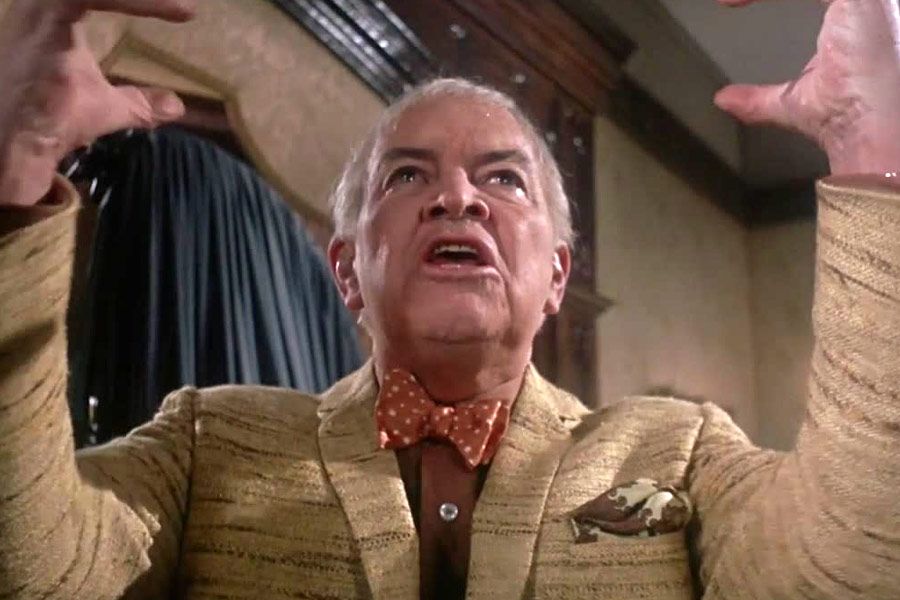
The film that jump-started the popularity of horror films featuring curses, demons, and dark magic seemed to have experienced some of those supernatural occurrences itself. I decided to list this film last because many people believe it to be the most cursed film ever made because of the number of terrible things that happened shortly after its release which are related to the film.
The most shocking and well-known occurrence was the murder of director Roland Polanski’s wife Sharon Tate and his unborn son by members of the Manson Family Cult on August 8th, 1969. This crime occurred a little more than one year after the release of Rosemary’s Baby, which tells a story of a pregnant woman who becomes the target of a satanic cult. The murder of Tate had a profound effect on Polanski, who began to indulge in substance abuse and general depravity over the next few years which ultimately led him to the sexual assult of a minor. He fled the US in 1977 to avoid incarceration.
Unfortunately, Tate’s death was neither the first nor the only death associated with the production of this film. The film’s composer, the heralded Krzysztof Komedam, attended a party in Los Angeles in December 1969. One of the other guests of the party was writer Marek Hlasko, who was drunk and pushed Komedam off a cliff. Komedam sustained significant injuries and went into a coma, eventually passing away in April the following year. Hlasko died about two months later himself, but it is unknown if his death was related to any regret he felt for Komedam’s condition. Komedam’s death is similar to the death of a character named Hutch in the film who falls into a coma and then dies.
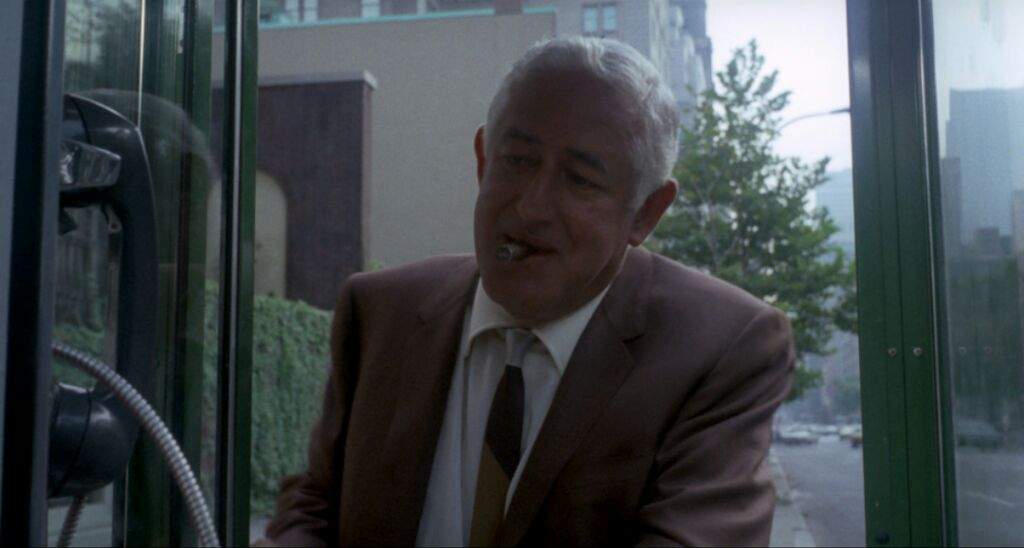
Filmmaker William Castle, who had been trying unsuccessfully for decades to make a prestigious Hollywood film, thought that he finally had his chance when he mortgaged his house in order to buy the rights to the novel Rosemary’s Baby. While Rosemary’s Baby was a well-received box-office hit, Castle wasn’t able to build upon his success. Shortly after the film’s release he began receiving a significant amount of hate mail. People began accusing him of bringing Satan into the mainstream, and the repeated attacks took their toll on his physical and mental well-being. He began experiencing painful kidney stones, and had to have surgery to get them removed. Soon after he suffered kidney failure. For much of the next decade he was hampered by his poor health, before he finally died in 1977.
Lead actress Mia Farrow was served divorce papers while on set during filming. She had been married to Frank Sinatra, and the two of them were planning to be in a movie together. Sinatra was working in London at the time that Farrow was in New York for filming Rosemary’s Baby. Sinatra wanted to start work on their collaborative film, and so Farrow would fly back and forth on the weekends. Eventually the travel became too much and they couldn’t work it out.
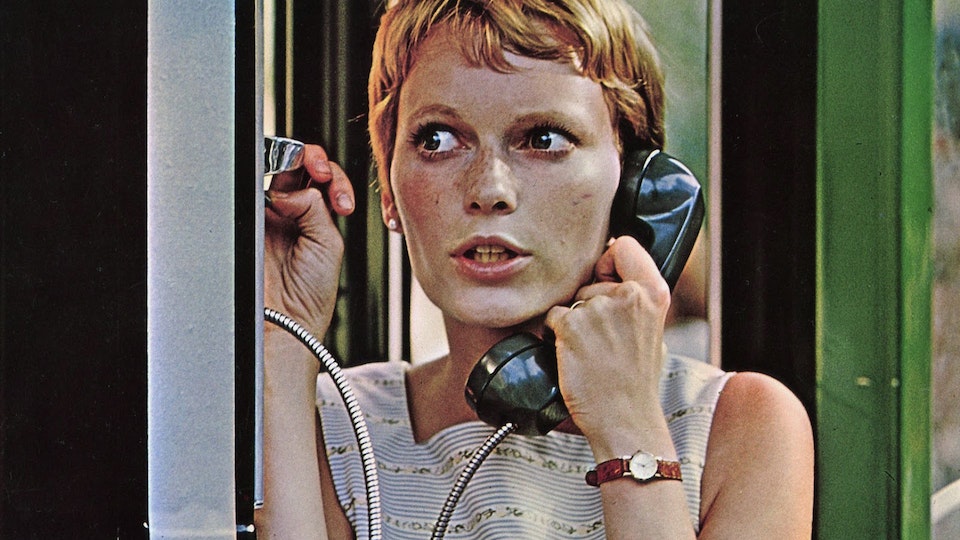
Sinatra’s own death would be loosely linked to the film many years later. One of the producers of Rosemary’s Baby was Robert Evans. Evans found a lot of success in the late 60’s and 70’s working for Paramount, but soon became caught up in a number of scandals. First, in 1980 he was convicted of cocaine trafficking and forced to make an anti-drug commercial as part of his plea deal. Next, in 1983 he became involved in a murder trial when one of the partners on a film he was working on was murdered. In his later years he suffered from poor health, and eventually experienced a series of crippling strokes. While in the hospital trying to recover, he was next door to Frank Sinatra when Sinatra passed away in 1998.
Last, but not least, is the fact that John Lennon was murdered in front of the building in which Rosemary’s Baby took place.

